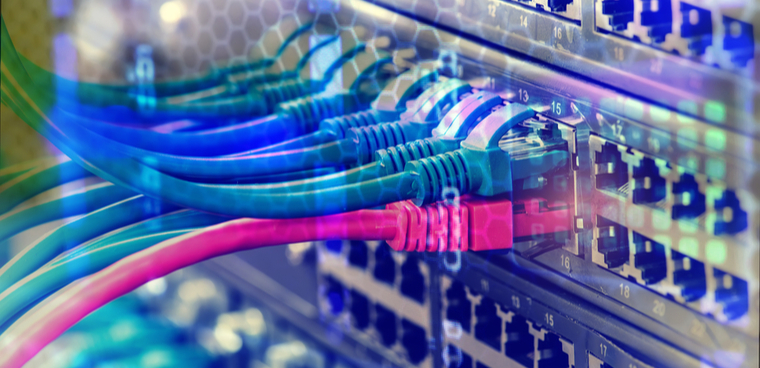How strong networks support IT modernization

CIOs should consider infrastructure improvements to make sure agencies get the most out of IT modernization.

The administration is actively moving forward with its IT modernization efforts for government agencies. For example, this summer we saw Office of Management and Budget announce the first funding awards from the Technology Modernization Fund -- a significant milestone -- and since then, it has continued conversations on the direct correlation between technology investments and business outcomes.
The benefits of IT modernization are endless. It will allow the federal government to lay the groundwork for continued technological advancement and innovation into the future. Improved efficiency and network strength, better user experience for employees and citizens, increased reliability and security of systems are just the beginning.
Since the initial funding awards, however, conversations in Congress about replenishing the fund have called for more data and transparency about how the fund is used. The President’s Management Agenda includes a mandate for agencies to implement the Technology Business Management system, an industry standard for tracking IT costs, by 2022. Even though these discussions continue, it should not deter agency CIOs from forging ahead with their agency’s IT modernization plans.
In doing so, there are certain improvements that CIOs should consider to meet cost-benefit standards and to ensure that their agency has the strongest IT infrastructure possible.
Invest in a strong, scalable network
Given the move toward more demonstrably data-driven projects and greater transparency, CIOs must lay a strong foundation for future modernization projects. Network transformation is a priority for the federal government -- the General Services Administration has given agencies until May 2020 to shift their telecommunications to the next-gen Enterprise Infrastructure Solutions contract vehicle. EIS is intended to help agencies modernize their IT and telecommunication systems. With the government deadline looming, the necessity for a strong, scalable network is undisputable. Further, smart agencies are using today’s contract vehicles to modernize. Intelligent networking systems help employees operate efficiently, speed application delivery, enable robust communication and improve constituent interactions and experiences.
A strong network is just the beginning
A strong network unlocks many benefits for federal agencies, but speed -- typically the first concern for decision makers -- is just part of the equation. Agencies need to ensure that their networks support the capacity and data consumption levels required by existing and emerging technologies. Mobile technologies and the ability to access data remotely improve federal employees’ connectivity and productivity but can only make employees as efficient as a network allows. Strong networks allow for the adoption of more emerging technologies, such as IoT, and immersive or augmented applications that can be used to improve training for medical and military personnel.
For many agencies, network improvements are just the first in a series of necessary improvements. Some agencies face deadlines like the Federal Data Center Consolidation Initiative, which gives federal agencies until 2020 to optimize their data centers. Federal agencies are increasingly turning to cloud technology to reduce costs, improve efficiency and expand data sharing. Scalable, reliable networks give agencies greater choice to maintain speed and efficiency as they modernize their IT systems.
Wrap security into modernization plans
Focusing on network transformation also gives CIOs the opportunity to build security into their modernization plans from the beginning. As agencies use more advanced technologies and devices, and employees grow increasingly connected, new avenues of cyberattacks open up to bad actors. Cybersecurity at the federal level can be a matter of national security -- according to Verizon’s 2018 Data Breach Investigations Report, state-affiliated actors accounted for over half of all breaches in the public sector. Scalable networks like software-defined networks or software-defined wide-area networks allow agencies to embed security into their systems at the network level, greatly reducing the risk of an attack.
Modernized networks not only set agencies up to meet federally mandated modernization deadlines but also allow them to successfully pursue other necessary modernization projects, such as data center consolidation or cloud migration. Working with experienced vendors that can design, implement and support comprehensive, end-to-end solutions -- allowing for consistency in unified communications and a coherent managed security plan -- enables agencies to take full advantage of emerging technology. With modernized networks, agencies gain the flexibility to adopt and implement new innovations, such as augmented reality training applications, that keep pace as technologies evolve and employee and constituent expectations change.
As CIOs plan for IT modernization, it is essential that they consider if they have the network to support the projects necessary to keep up with innovation and to successfully and efficiently carry out their agencies' missions. If not, they could find themselves lagging behind the technological capabilities of the private sector, to the detriment of employees, citizens and their agencies.
NEXT STORY: Survey: Citizens Favor a More Digital Government


